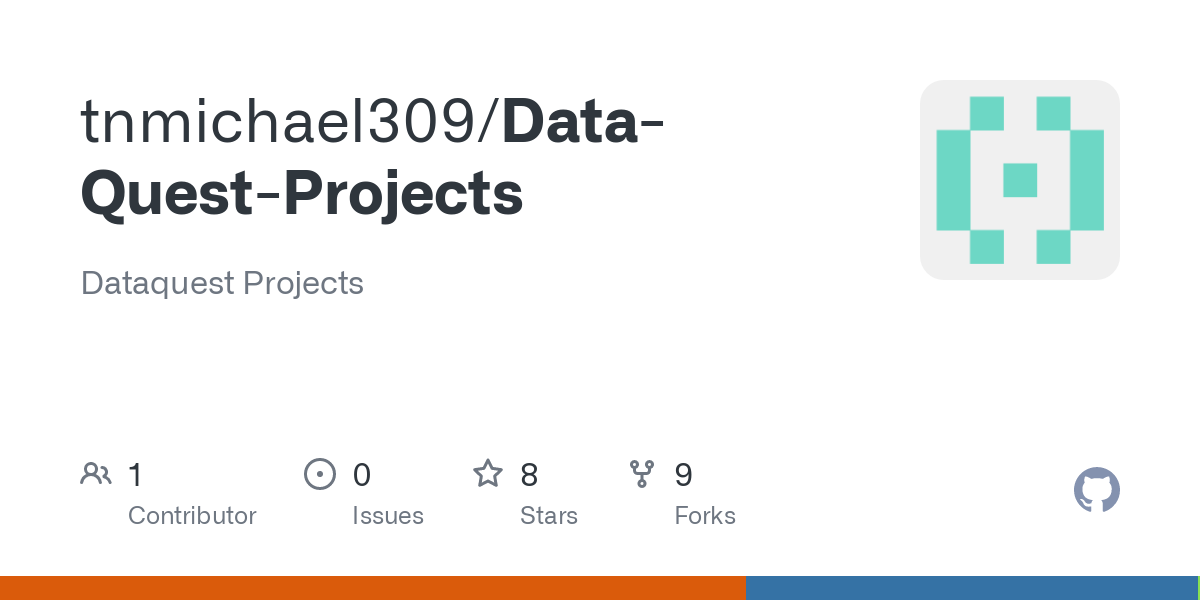Meet Australia’s next clean tech superstars – Part two – Page 2 of 2 – StartupSmart
Samuel Fernandes
Business: MicroEnergyLabs
Website: www.microenergylabs.com
Concept: Making dumb electricity meters smart via an analytical device for households. Founded by Samuel Fernandes and David Anderson.
What is MicroEnergyLabs all about, Sam?
We are giving people real-time access to their energy consumption. A lot of people are waiting for smart meters but we are building a small device that works better than smart meters, which you put on your old-style meter.
David: The device clips onto your meter so that you don’t have to go cap-in-hand to your utility provider to get information on your consumption. You’ll only get that information once every 12 months unless you have an in-house display.
We are solving a problem for the utility companies as well as consumers.
What’s the opportunity here?
Sam: We are looking at areas where smart meters aren’t deployed yet, which is quite extensive. It costs $700 for new smart meters, whereas ours are $149 and easy to install – you don’t need an electrician to wire it in for you.
The opportunity is huge – there are 8.5 million residential homes in Australia that still have the old-style meters.
How does it work, exactly?
David: It’s a hardware device that reads consumption over 10 minute periods. You can view the information wirelessly in the cloud, with a username and password. You can access the information anywhere and view it over weekly or monthly periods.
The device works for the old spinning disc meters but next up will be one for the flashing light meters and then we may well look at gas and water measurement down the line.
How did the idea come about?
David: We went to ANU together and entered a business planning competition in 2010 and then again in 2011, when we won second prize.
We had a few other ideas but we weren’t able to scale them. Through trying and failing at other ideas, we saw a gap in the market to provide more information for energy consumers.
We’ve seen a lot of other programs that do energy audits on old historical data and we thought we could do something better. Everything just fell into place.
We went back to the drawing board, got a grant from ANU that supports Canberra entrepreneurs, which allowed us to get a prototype up and running.
We’re building a small team as we go, including a couple of industrial designers and a software engineer, so that we can get the information into the cloud. We’ve now got a team of five.
What kind of competition do you face?
Sam: We’ve always looked at who our competitors are and what they are doing. What’s clever about our device is that you don’t have to spend $200 getting an electrician in to install it, nor spend lots of time finding out your rates.
Our product is an easy set-up and saves you money. I’ve tried all the other products and they are pretty terrible.
At a macro level, you’ve got the introduction of the carbon tax and a move towards energy efficiency, not just in Australia but globally too. A lot of companies are innovating in this area.
At a micro level, we’re basically just seeing what kind of problem we can solve.
David: Yes, the key differentiation is the installation and also the fact that our device allows you to match up your use directly with your bill immediately. I hate using the term, but it’s a paradigm shift.
Our competitors are all waiting for the deployment of smart meters, whereas we are showing that you can get smart readings via old meters.
What are your short and long-term goals?
David: We are working with the Ignition Labs mentors and learning a lot about marketing, intellectual property and pushing the product in the right direction.
We want to build a buzz around this and generally make the world a better place. We want 50 devices done by September 29 for a trial, prior to when we go to the US showcase.
There are millions of households overseas with old meters, so it would be great to collaborate with others in the UK and US to see what potential there is there.
Longer term, we could look to see the business to a utility with a large customer base.
To read part one, click here.

